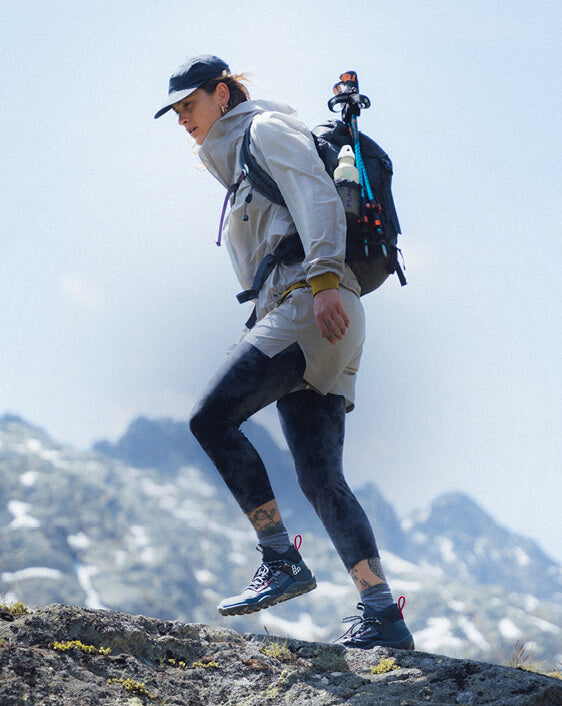Spring is probably the trickiest season to go for a hike because you will never know if the sun will shine, the rain will go heavy, the wind will blow or the snow will just drop. As a hiker, you need to prepare for these unexpected weather events, or else you’ll end up feeling soggy and miserable a few minutes past the trailhead.
Fortunately for you, there’s no need to bring sets of spare clothing for different weather, which will only add to the weight of your hiking backpack. In this article, we will teach you how to layer your clothes during your spring hike without having to pack a spare.
Let’s get to it!
What Is a Proper Spring Hike Layer?
First, you need to understand what a proper spring hike layer is. A spring hike layer setup consists of a base layer, a mid-layer, and an outer layer. These layers will provide you with different functions and purposes during your spring hike. To help you understand easier, here are their functions:
- Base Layer - The base layer of your clothing will be the one to keep you insulated and dry.
- Mid-Layer - Mid-layer will be the one to maintain general pre-sweat warmth.
- Outer Layer - The outer layer is the one to protect you against elements, such as wind or water-based elements.
What Are the Things to Consider on Each Layer?
There are things to consider when choosing clothes for your base layer, mid-layer and outer layer. These considerations will help your spring hike be more comfortable, flexible but still fashionable. Here are the things you should consider for each layer:
Base Layer
The base layer is the first piece of clothing you’ll wear, and it’s the one that will touch your body’s skin. When choosing a cloth for your base layer, make sure it’s a material that will not soak and become sticky when wet.
The proper term to remember when choosing your base layer is the word wicking. Wicking refers to the ability of a textile to pass moisture through it without becoming soaked or sticky. It’s crucial not to have a fabric that can absorb water, or else you’ll feel wet and smell stinky throughout the hiking trip, which will be so uncomfortable.
You can wear an athletic shirt, either short or long-sleeve, and a pair of long underwear.
Mid-layer
You can consider mid-layer as an extra because you won’t usually use this throughout the hike. Mid-layers are generally worn on the upper body. It can be a vest, non-waterproof jacket, light hoody or polyester activewear. Since mid-layer is only an addition, make sure to pack a material that is easy to stuff inside your bags, such as wool or fleece.
Outer Layer
The first thing you need to consider before choosing an item of clothing for your outer layer is that it should be easy to take on and off. An outer layer is a buffer against any element that you may encounter during the hike. You may remove it once in a while, but it is definitely a must-have in your hike. Just make sure that it’s easy to roll as well in case you want it inside your backpack.
Conclusion
Preparation is the key if you want to make your spring hike enjoyable, memorable and of course, comfortable. Make sure you wear clothes that can allow you to move with ease. Hopefully, this guide has helped you prepare better choices of clothing for your spring hike so you wouldn’t end up regretting the experience.
If you are looking for more adventure wear in Australia, Adventureco has what you need! We provide a wide variety of sustainable clothing and footwear for hikers and adventurers in general. Browse our shop and place your order with us today!


